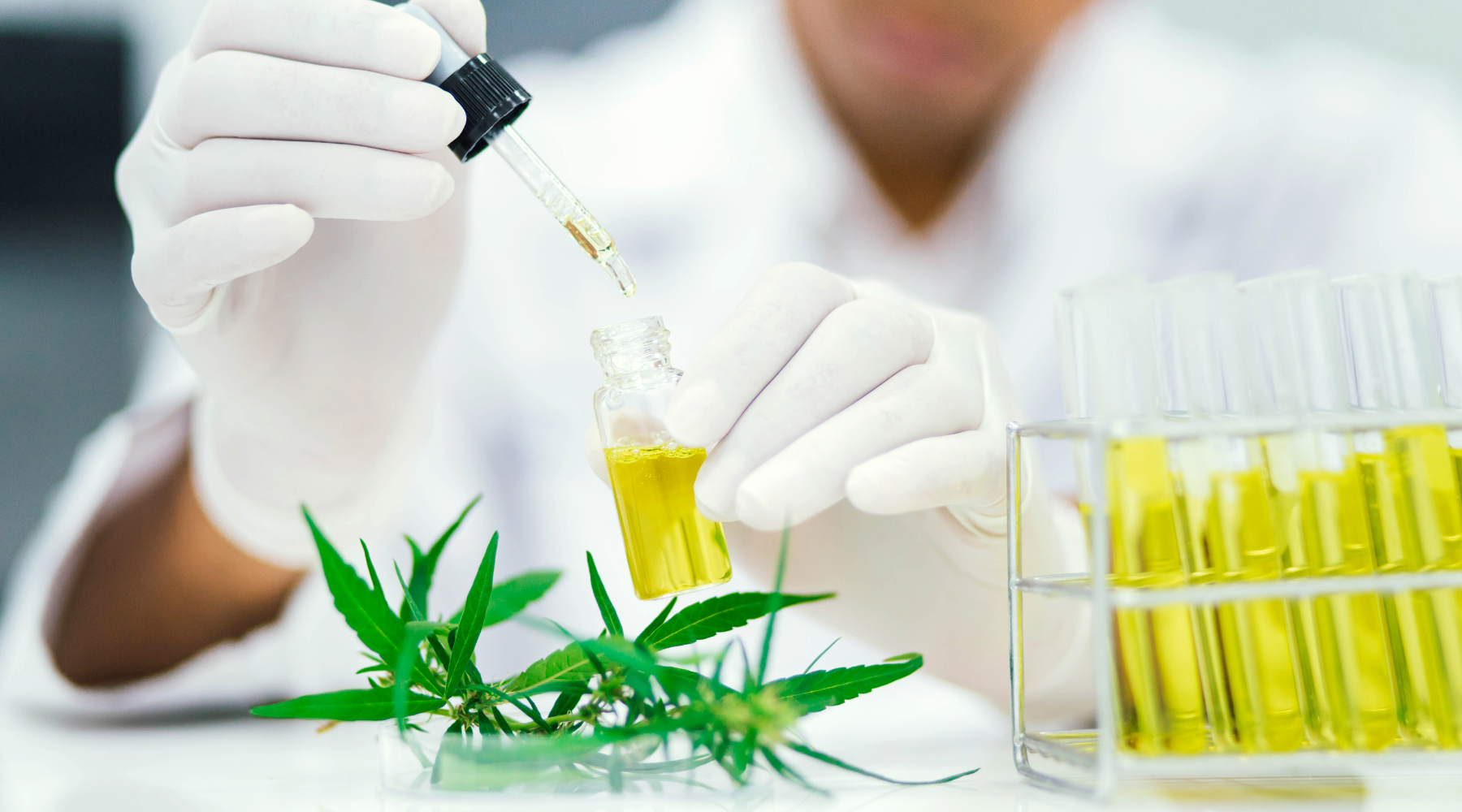
Banish Mold and Algae: Discover the Strength of Sodium Hypochlorite 12.5%
Sodium Hypochlorite 12.5%: The Ultimate Guide for Mold and Algae Eradication
In the world of cleaning and disinfection, Sodium Hypochlorite 12.5% emerges as a powerful ally against mold and algae. This comprehensive guide delves into its properties, applications, and safe usage techniques, offering valuable insights for both professional and household cleaning endeavors.
Table of Contents
1. Introduction to Sodium Hypochlorite 12.5%
What is Sodium Hypochlorite?
Sodium hypochlorite (NaOCl) is a chlorine compound frequently used as a disinfectant or bleaching agent. At a concentration of 12.5%, it is particularly potent, making it ideal for challenging cleaning tasks such as mold and algae eradication.
Key Properties
- High Concentration: Offers effective cleaning and disinfecting power.
- Broad-Spectrum Efficacy: Effective against bacteria, viruses, fungi, and algae.
- Versatility: Suitable for a range of applications from household cleaning to industrial sanitation.
- Oxidizing Agent: Breaks down organic matter, aiding in stain and odor removal.
"Did you know? Sodium hypochlorite has been used since the 18th century, initially discovered by French chemist Claude Louis Berthollet."
2. Understanding the Chemistry of Sodium Hypochlorite 12.5%
Chemical Composition
Sodium hypochlorite is formed by the reaction of chlorine gas with sodium hydroxide solution, a byproduct of the chloralkali process:
Cl2 + 2NaOH → NaCl + NaOCl + H2O
Mode of Action
- Oxidation: Sodium hypochlorite oxidizes microbial cells, leading to their destruction.
- High pH Level: Typically has a pH between 11 and 13, contributing to its antimicrobial properties.
- Decomposition: Over time, it breaks down into salt and water, leaving minimal residue.
Effectiveness Against Microorganisms
- Mold and Mildew: Penetrates porous surfaces to eliminate mold spores.
- Algae: Destroys algae cells, preventing regrowth on surfaces like pool walls and decks.
- Bacteria and Viruses: Broad-spectrum antimicrobial action ensures thorough disinfection.
"Chemistry Fact: Sodium hypochlorite's disinfecting ability comes from the hypochlorous acid (HOCl) formed when diluted in water."
3. Safety Guidelines for Using Sodium Hypochlorite 12.5%
Personal Protective Equipment (PPE)
- Gloves: Wear chemical-resistant gloves to prevent skin contact.
- Eye Protection: Use safety goggles or a face shield.
- Clothing: Wear long sleeves, pants, and closed-toe shoes.
- Respiratory Protection: In poorly ventilated areas, use a mask or respirator.
Storage and Handling
- Container Material: Store in opaque, vented plastic containers (HDPE is recommended).
- Temperature: Keep in a cool area away from heat sources.
- Avoid Sunlight: UV light accelerates decomposition.
- Labeling: Clearly mark containers with contents and hazard warnings.
First-Aid Measures
- Skin Contact: Rinse immediately with plenty of water.
- Eye Contact: Flush eyes with water for at least 15 minutes; seek medical attention.
- Inhalation: Move to fresh air; if symptoms persist, consult a physician.
- Ingestion: Do not induce vomiting; rinse mouth and seek medical help immediately.
"Safety Tip: Never mix sodium hypochlorite with ammonia or acids; it can release toxic chlorine gas."
4. Preparation and Mixing Instructions
Dilution Guidelines
| Application | Dilution Ratio (NaOCl:Water) |
|---|---|
| General Cleaning | 1:10 |
| Tough Mold/Algae | 1:5 |
| Sensitive Surfaces | 1:20 |
Mixing Procedures
- Add Chemical to Water: Always add sodium hypochlorite to water to prevent splashing.
- Use Appropriate Containers: Mix in plastic or glass containers, not metal.
- Stir Gently: Use a plastic stirrer to mix the solution thoroughly.
- Prepare Fresh Solutions: Use the mixture within 24 hours for maximum effectiveness.
Storage of Diluted Solutions
- Short-Term Use: Only prepare the amount needed for immediate use.
- Avoid Heat and Light: Store in a cool, dark place if necessary.
- Labeling: Clearly mark diluted solutions with the concentration and date prepared.
"Mixing Tip: Using lukewarm water can help dissolve the solution more effectively."
5. Mold Removal Process with Sodium Hypochlorite 12.5%
Step-by-Step Guide
- Identify Affected Areas: Look for discoloration, musty odors, and damp spots.
- Ventilation: Ensure the area is well-ventilated during cleaning.
- Pre-Cleaning: Remove loose mold with soap and water.
- Apply Solution: Spray or brush the diluted sodium hypochlorite onto the moldy surface.
- Contact Time: Allow the solution to sit for at least 10 minutes.
- Scrubbing: Use a stiff brush to scrub the area thoroughly.
- Rinse: Wash the area with clean water to remove residues.
- Drying: Use fans or dehumidifiers to dry the area completely.
Preventing Mold Regrowth
- Reduce Humidity: Keep indoor humidity below 50%.
- Fix Leaks: Repair any water leaks promptly.
- Improve Ventilation: Use exhaust fans in kitchens and bathrooms.
- Regular Inspection: Check susceptible areas periodically.
"Did you know? Mold can begin to grow within 24-48 hours in moist conditions."
6. Algae Eradication Techniques with Sodium Hypochlorite 12.5%
Preparation Steps
- Protect Surroundings: Cover plants and materials that may be sensitive to bleach.
- Safety Gear: Wear appropriate PPE as previously outlined.
- Surface Cleaning: Remove loose dirt and debris from the affected area.
Application Methods
- Apply Diluted Solution: Use a sprayer or brush to apply the mixture evenly.
- Allow Dwell Time: Let the solution sit for 10-15 minutes to penetrate the algae.
- Agitation: Scrub the area with a brush to loosen the algae.
- Rinse Thoroughly: Use a hose or pressure washer on a gentle setting.
- Repeat if Necessary: For stubborn algae, a second application may be required.
Preventative Measures
- Reduce Moisture: Ensure proper drainage and eliminate standing water.
- Sunlight Exposure: Trim vegetation to allow more sunlight, inhibiting algae growth.
- Regular Maintenance: Clean surfaces periodically to prevent buildup.
"Environmental Tip: Consider using algaecides for long-term prevention, but always choose eco-friendly options."
7. Application Tips and Tricks
Maximizing Effectiveness
- Pre-Wet Surfaces: Dampen the area to help the solution spread evenly.
- Avoid Hot Days: Apply during cooler temperatures to prevent rapid evaporation.
- Test Small Areas: Always test on an inconspicuous spot to check for adverse reactions.
- Add Detergent: A small amount of non-ammonia detergent can enhance cleaning power.
Equipment Suggestions
- Sprayers: Use plastic garden sprayers resistant to corrosion.
- Brushes: Synthetic bristle brushes withstand chemicals better than natural fibers.
- Pressure Washers: Can be used for rinsing but avoid high pressure that may damage surfaces.
"Application Tip: Work in manageable sections to ensure the solution doesn't dry out before rinsing."
8. Suitable Surfaces and Materials
Compatible Surfaces
- Tiles and Grout: Effective in bathrooms and kitchens.
- Concrete and Stone: Ideal for patios, driveways, and walkways.
- Swimming Pools: Commonly used for sanitizing pool water and surfaces.
- Vinyl Siding: Removes mold and algae without damaging the material.
Surfaces to Avoid
- Unfinished Wood: Can cause discoloration and damage fibers.
- Metals: Prolonged exposure may lead to corrosion, especially on aluminum and stainless steel.
- Fabrics: Bleaching effect may ruin colors and weaken fibers.
- Delicate Stones: Materials like marble may etch or discolor.
Testing for Compatibility
- Spot Test: Apply a small amount in an inconspicuous area.
- Observe Effects: Look for any discoloration or adverse reactions after 10 minutes.
- Proceed Accordingly: If safe, proceed with full application; if not, consider alternative cleaning methods.
"Surface Tip: Always refer to manufacturer guidelines when available to ensure compatibility."
9. Precautions and Common Mistakes
Common Mistakes
- Over-Concentration: Using too strong a solution can damage surfaces and increase health risks.
- Improper Mixing: Adding water to sodium hypochlorite can cause splattering.
- Mixing Chemicals: Combining with acids or ammonia releases toxic gases.
- Ignoring Dwell Time: Not allowing sufficient contact time reduces effectiveness.
Safety Precautions
- Ventilation: Ensure good airflow to disperse fumes.
- Child and Pet Safety: Keep them away from treated areas until completely dry.
- Disposal: Dispose of any leftover solution according to local regulations.
- Emergency Plan: Have a plan in place in case of accidental exposure or spills.
"Precautionary Tip: Less is often more—use the minimum effective concentration to achieve your cleaning goals."
10. Conclusion: Harnessing the Power of Sodium Hypochlorite 12.5%
Sodium Hypochlorite 12.5% is a versatile and potent solution for tackling mold and algae problems. By understanding its properties, proper usage, and safety precautions, you can effectively maintain clean and healthy environments both at home and in professional settings. Always remember to handle this chemical with respect and care to maximize its benefits while ensuring safety.
For high-quality sodium hypochlorite products and expert advice, explore our offerings at Alliance Chemical. We provide a range of concentrations to suit your specific needs:
Our team is dedicated to providing safe, effective, and reliable chemical solutions for all your cleaning and disinfecting needs.
"Cleanliness and safety go hand in hand—equip yourself with the right knowledge and tools for a healthier environment."
References
- Sodium Hypochlorite 12.5% | Alliance Chemical
- Centers for Disease Control and Prevention (CDC)
- Environmental Protection Agency (EPA)
- Occupational Safety and Health Administration (OSHA)
- Sodium Hypochlorite | PubChem
- World Health Organization (WHO)
For more informative articles and updates on chemical applications, visit our blog at Alliance Chemical.









